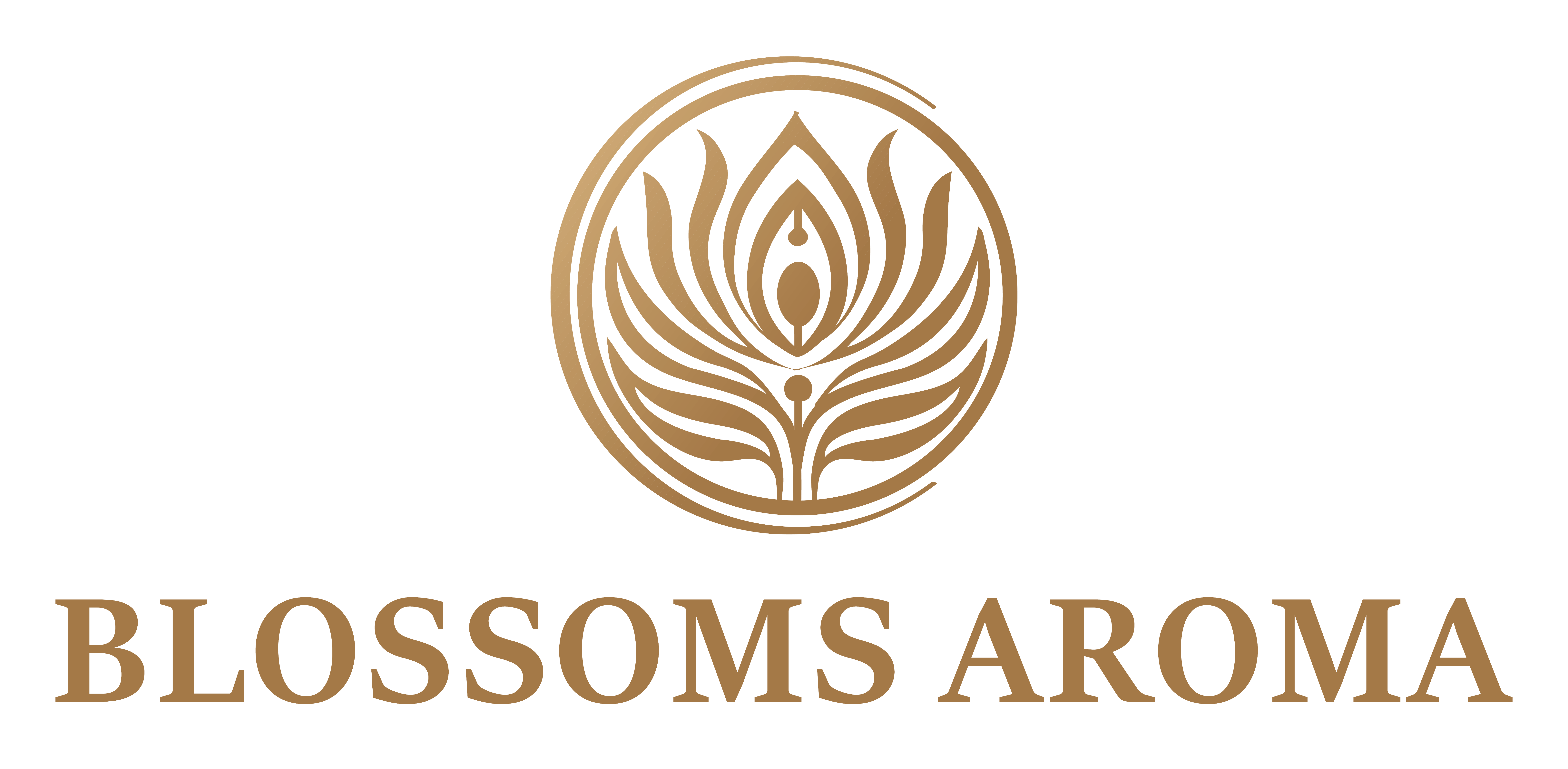myrrh OIL
Myrrh oil, derived from the resin of the Commiphora myrrha tree, has a rich history dating back thousands of years. Here’s an overview of its properties, extraction methods, uses, and safety measures:
General Characteristics:
- Product: Myrrh Oil
- Botanical Name: Commiphora myrrha
- Family: Burseraceae
- Part of the Plant Used: Resin
- Appearance: Viscous liquid
- Colour: Deep amber to brown
- Odour: Rich, balsamic, slightly sweet, and smoky aroma
Identification:
- A. TLC: It complies with test
- B. GC: It complies with test
Physio-Chemical Properties:
- Relative Density: 0.980 – 1.090
- Refractive Index at 20˙C: 1.445 – 1.665
- Optical Rotation: Varies
- Storage: Store in a well-fitted container, protected from heat and light
History: Myrrh has been used since ancient times, with mentions in historical texts dating back to ancient Egypt, Greece, and Rome. It was highly valued for its medicinal, cosmetic, and religious purposes.
Industrial Uses: Myrrh oil finds extensive use in the fragrance industry, as well as in cosmetics, aromatherapy, and traditional medicine. It is renowned for its therapeutic properties, including anti-inflammatory, antimicrobial, and analgesic effects.
Extraction: Myrrh oil is primarily extracted through steam distillation of the resin obtained from the myrrh tree. The resin is collected by making incisions in the bark of the tree, allowing it to ooze out and harden before being harvested.
Ecological Information: The myrrh tree typically grows in arid regions, particularly in countries like Somalia, Ethiopia, and Saudi Arabia. It thrives in hot, dry climates and well-drained soil.
Proven Uses and Benefits: Myrrh oil has a wide range of applications, including:
- Dental care
- Skin health (for its anti-inflammatory and wound-healing properties)
- Respiratory health
- Emotional well-being (in aromatherapy)
- Spiritual and religious ceremonies
Abstract: The key chemical components of myrrh oil include sesquiterpenes, terpenoids, and volatile oils, contributing to its therapeutic properties.
Concoction: Myrrh oil blends well with frankincense, sandalwood, lavender, and citrus oils, among others, enhancing its aromatic and therapeutic effects.
Safety Measures:
- Avoid direct contact with eyes and skin.
- In case of contact, rinse thoroughly with water.
- Inhalation should be done in a well-ventilated area.
- Do not ingest myrrh oil, and seek medical attention if accidental ingestion occurs.
- Store myrrh oil in a cool, dry place, away from sunlight.
Toxicological Information: While myrrh oil is generally safe for topical and aromatic use, excessive ingestion may lead to adverse effects. It’s essential to use it in moderation and seek professional advice if any adverse reactions occur.
Myrrh oil’s rich history, coupled with its numerous benefits and versatile applications, makes it a valuable addition to both traditional and modern wellness practices.

